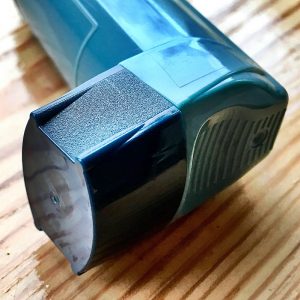Worst allergy season ever? Thank climate change.
Combat those pesky allergens
without the high medical costs.
 Has this allergy season got you down? It’s not just you. Pollen counts across the country have soared, and allergy season hit us hard and earlier than expected . . . and it’s predicted to end even later.
Has this allergy season got you down? It’s not just you. Pollen counts across the country have soared, and allergy season hit us hard and earlier than expected . . . and it’s predicted to end even later.
During warmer temperatures, trees and plants pollinate, and the extended periods of warming we are experiencing go hand in hand with longer spells of pollinating. Not only is allergy season longer, it is growing more intense as studies show that as levels of carbon dioxide increase, the amount and potency of pollen also rises.
According to the Centers for Disease Control and Prevention, allergies are the sixth-leading cause of chronic illness, and costs Americans $17.5 billion annually. Respiratory infections can trigger asthma, which affects nearly 26 million people in the United States, and 750,000 people in New Jersey alone. Healthcare and environmental advocates met this spring at a community health center in New Brunswick, NJ to increase public awareness of the impact climate change has on public health. Here’s what they said.
If you are able, stay indoors on high pollution days (the Air Quality Index tells you how clean or polluted your outdoor air currently is) and on high pollen days (at Pollen.com, you can view your local pollen forecast, including the top allergens in your area). If you’ve been outside on high-pollen days, make sure to wear sunglasses, wash your hair at night, and don’t linger in your day clothes once you’re in for the night! Keep the windows at home and in the car closed and use the ‘recirculate’ option for air conditioning. Of course, many over-the-counter medications can relieve allergy symptoms, and immunotherapy can provide longer symptom relief at a higher cost. But it is possible to control the sneezing, runny nose and red, watery eyes on a budget!

